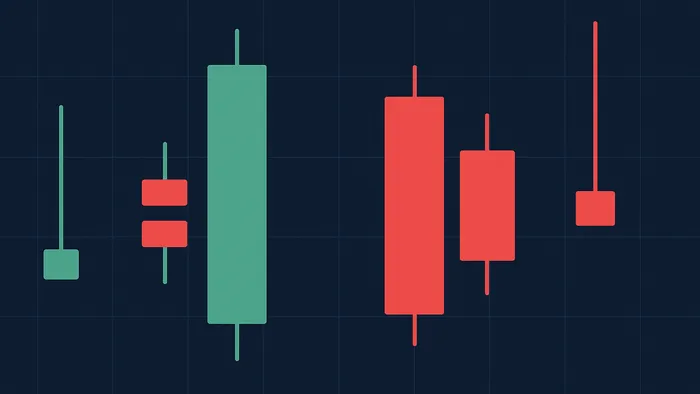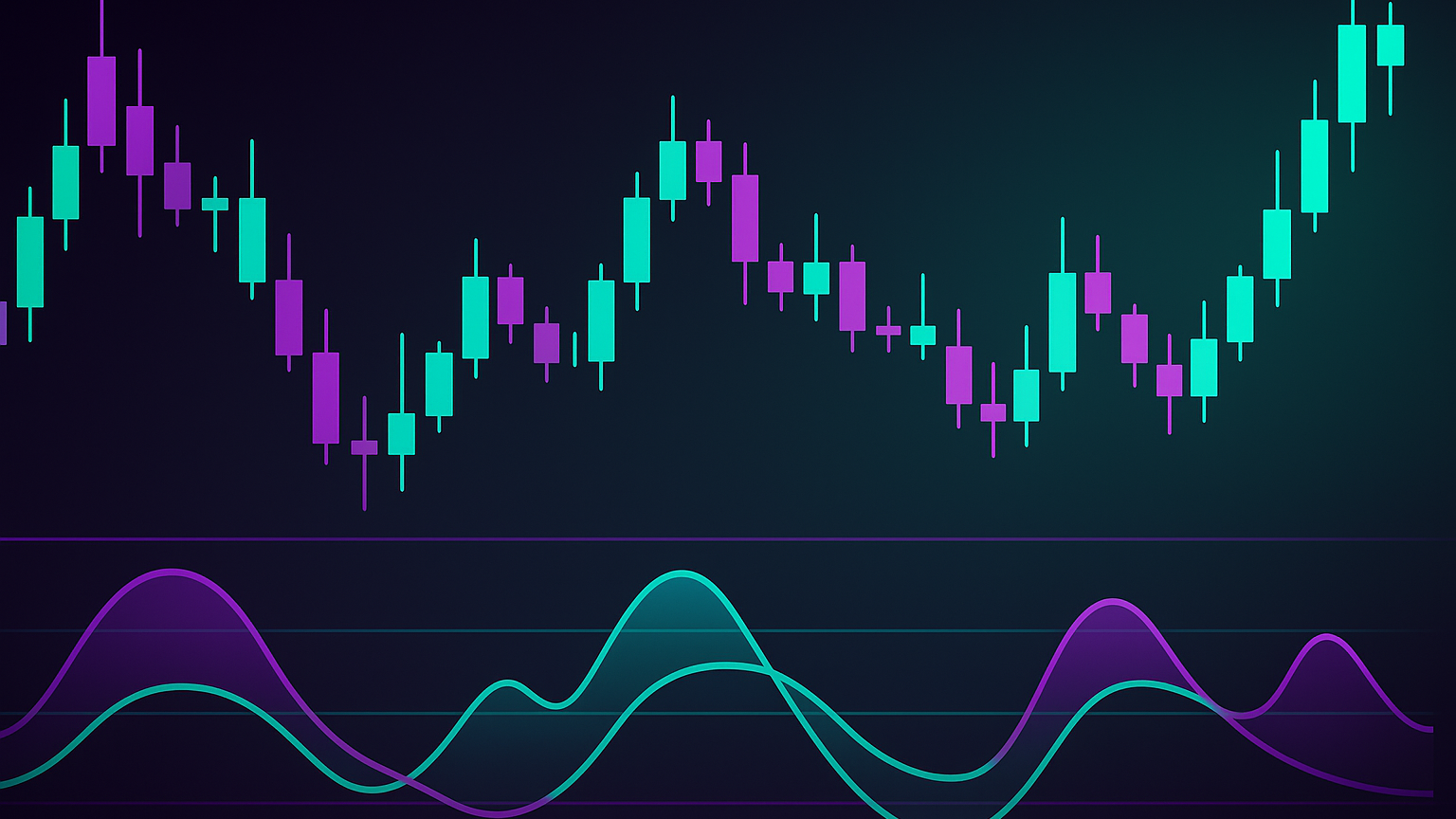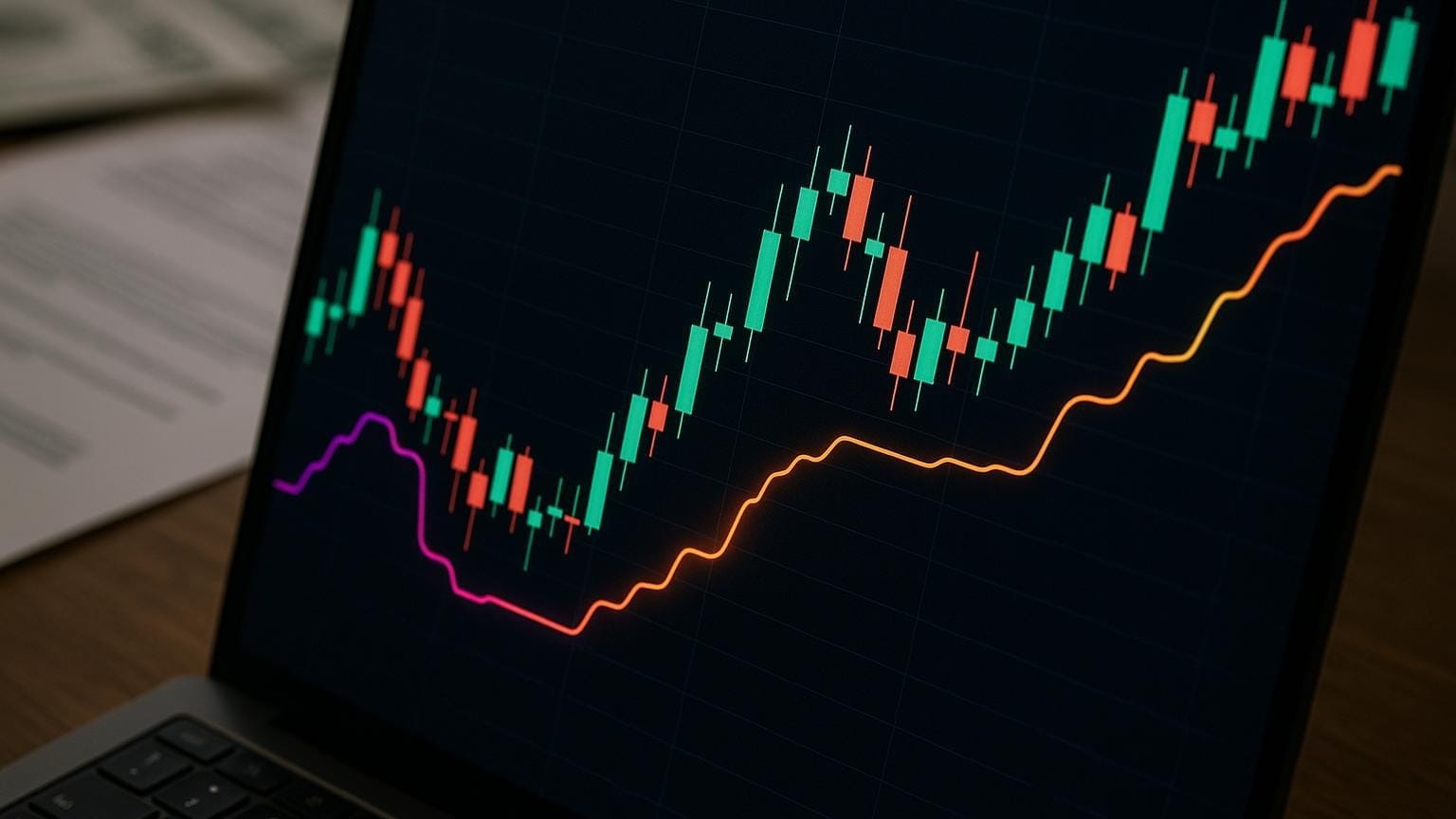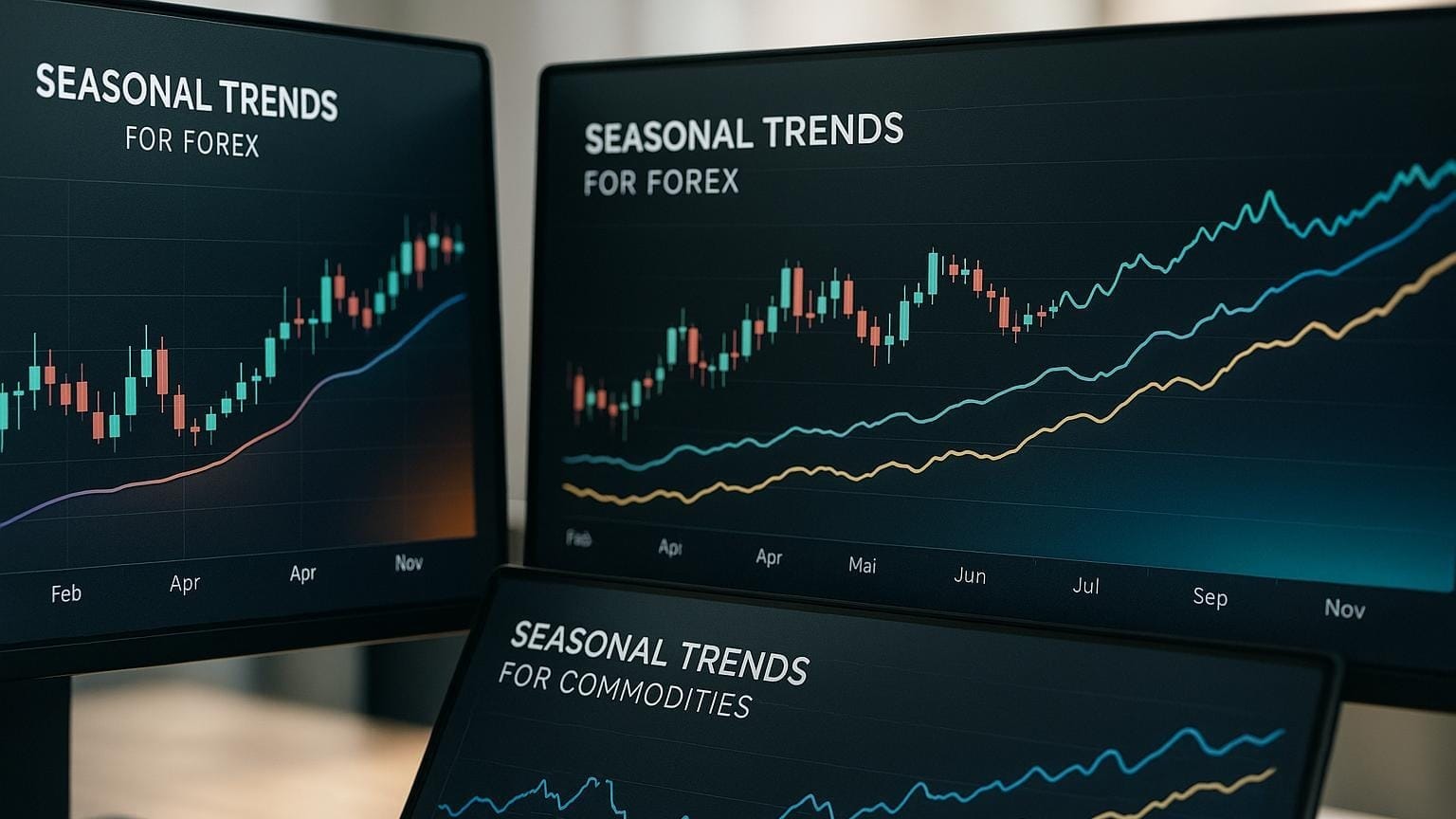Unlock the potential of candlestick patterns to identify market trends, reversals, and enhance your trading strategies through technical analysis.
Candlestick patterns are key tools for traders to understand market movements and make better decisions. They show price action and market sentiment through simple visual cues.
Key Takeaways:
- What are Candlestick Charts? Visual tools that display price movements using four components: real body, upper shadow, lower shadow, and color.
- Why Use Them? Spot trend reversals, continuation patterns, and market psychology.
- Types of Patterns:
- Reversal Patterns: Bullish (Hammer, Morning Star, Bullish Engulfing) and Bearish (Shooting Star, Evening Star, Dark Cloud Cover).
- Continuation Patterns: Bullish (Rising Three Methods) and Bearish (Falling Three Methods).
- How to Confirm Patterns? Use volume analysis, technical indicators, and support and resistance levels.
Quick Tip:
Combine candlestick patterns with tools like moving averages, RSI, and volume spikes for stronger trading strategies. Always manage risk with stop-loss orders and focus on high-probability setups.
The ULTIMATE Candlestick Patterns Trading Guide (Full Course: Beginner ➜ Advanced)
Reversal Patterns
Reversal patterns, rooted in candlestick charting, help traders identify potential trend changes. These patterns can signal when a trend is likely to reverse, providing clear entry and exit points as market momentum shifts.
Bullish Reversals
Bullish reversal patterns appear in downtrends, hinting at a possible move upward. However, confirmation through subsequent price movements and technical indicators is crucial.
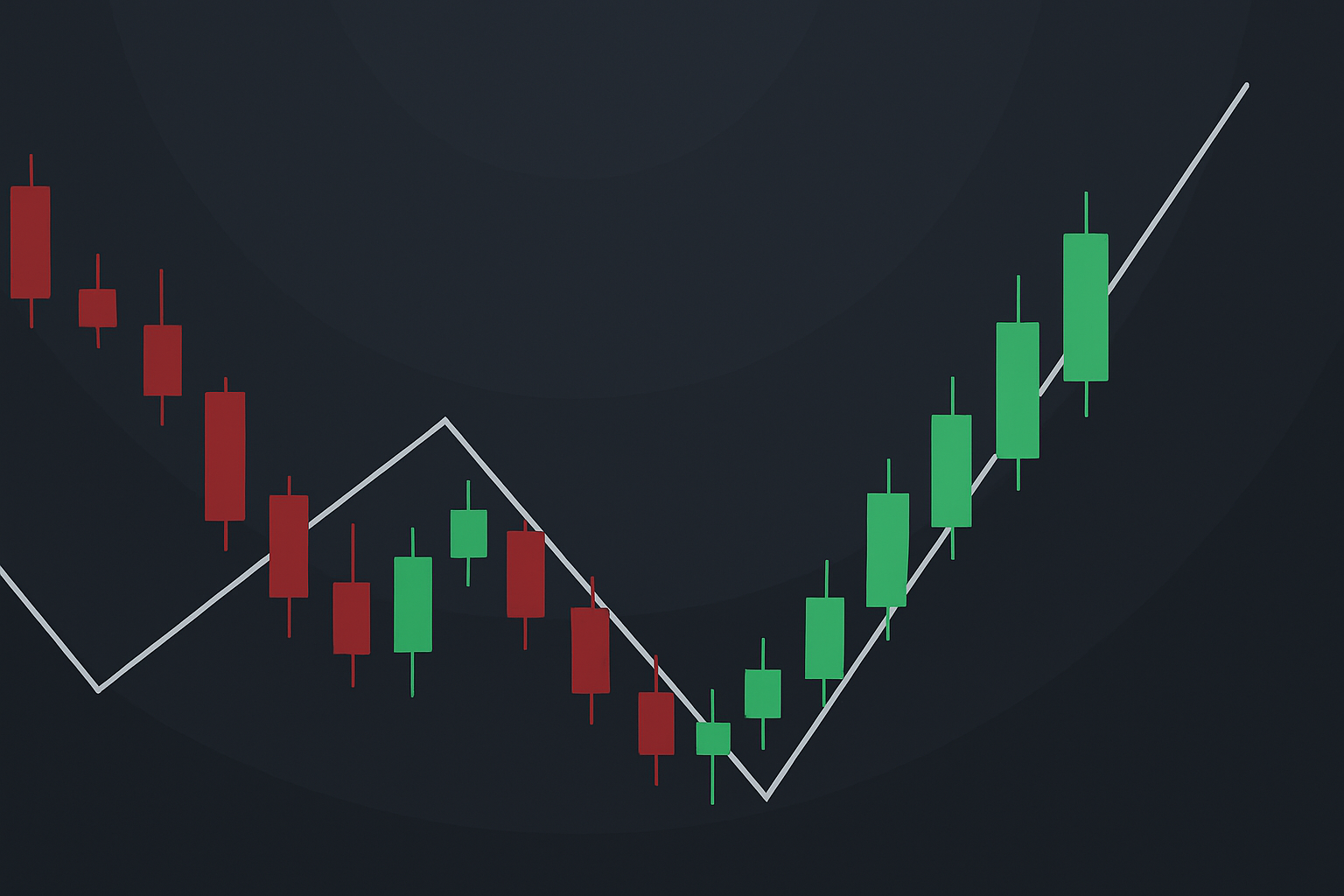
| Pattern | Description | Key Features | Confirmation Signals |
|---|---|---|---|
| Hammer | Small body at the top with a long lower shadow | Lower shadow is 2-3 times the body length | Gap up and increased trading volume |
| Morning Star | Three-candle pattern with a middle doji | Forms near support levels | Followed by a strong white candle |
| Bullish Engulfing | Large white candle completely engulfs the prior red candle | Full body coverage | Volume spike and gap up |
For example, in January 2000, Sun Microsystems (SUNW) displayed bullish engulfing patterns. After confirmation with gap-ups and volume increases, the stock moved into the mid-$40 range.
Bearish Reversals
Bearish reversal patterns occur during uptrends and indicate a potential shift downward.
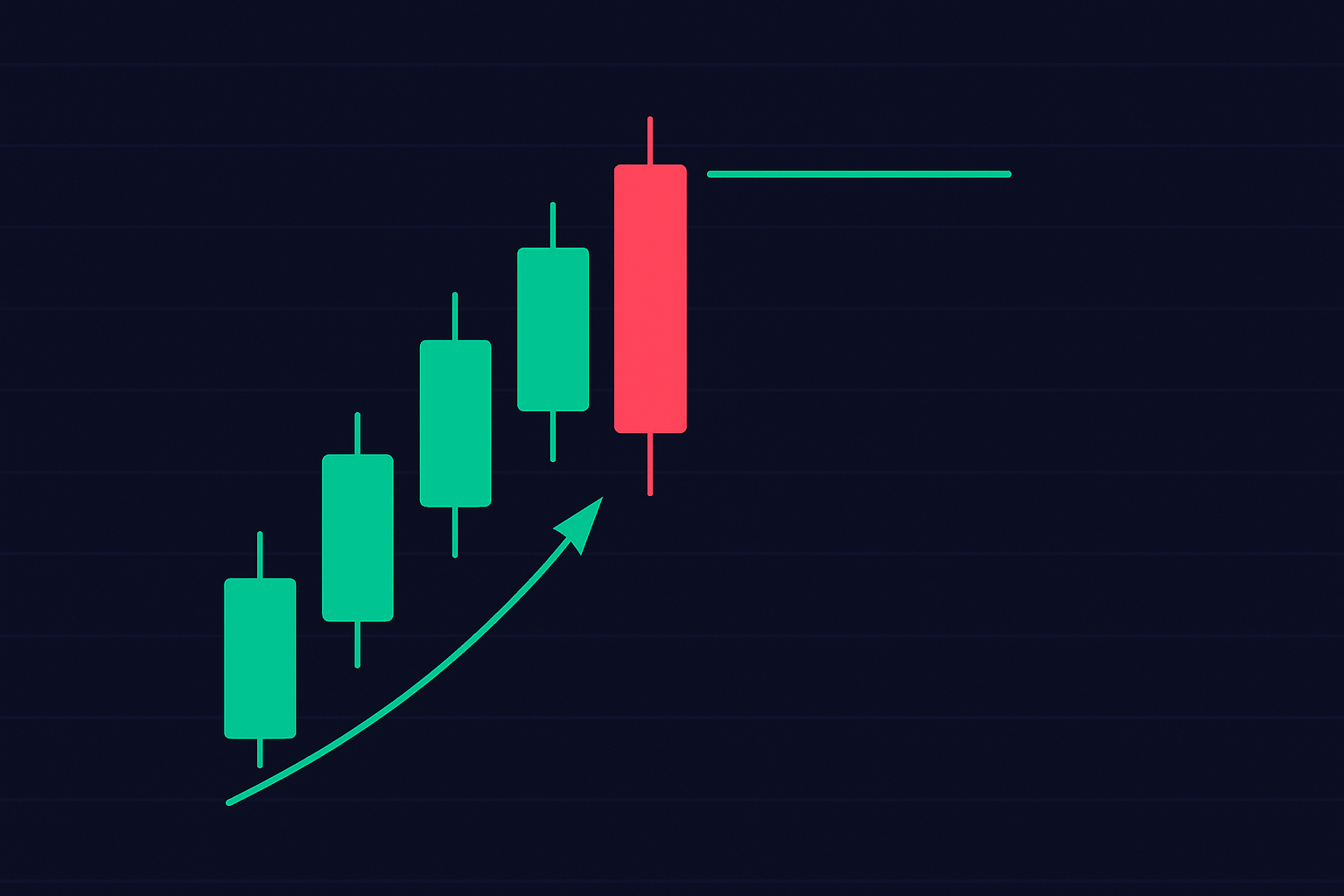
| Pattern | Structure | Volume Expectations | Context |
|---|---|---|---|
| Shooting Star | Small body near the bottom with a long upper shadow | Higher-than-average volume | Forms near resistance levels |
| Evening Star | Three-candle pattern with a middle doji | Rising volume | Seen above the 20-day EMA |
| Dark Cloud Cover | Candle closes below the midpoint of the previous bullish candle | Strong volume on bearish candle | Appears in strong uptrends |
For instance, in October 2000, RadioShack (RSH) showed a dark cloud cover pattern near $70 resistance. The subsequent decline confirmed the reversal.
Pattern Confirmation Methods
To confirm reversal patterns, consider these technical factors:
- Price Action: Look for follow-through movement in the new trend direction.
- Volume Analysis: Increased trading activity often strengthens the signal.
- Technical Indicators: Check momentum indicators, such as oscillators, for alignment with the pattern.
- Support/Resistance Levels: Ensure patterns form at critical price areas.
A practical example is Ciena (CIEN) in April 2000. After falling from above $80 to around $40, the stock formed a piercing pattern at a key support level, confirming the reversal.
Reversal patterns generally remain effective for 1-2 weeks, so timely action is key. Always use proper risk management, such as stop-loss orders, tailored to the pattern’s structure.
Continuation Patterns
Continuation patterns represent short pauses in a trend before it resumes. Like reversal patterns, they need confirmation to validate the ongoing trend.
Bullish Trends
The Rising Three Methods pattern is a classic signal of upward momentum. This five-candle formation appears during uptrends and includes:
- A large bullish candle to start.
- Three smaller bearish candles that stay within the range of the first candle.
- A final strong bullish candle that closes above the first.
| Pattern Component | Characteristics | Trading Implications |
|---|---|---|
| Initial Candle | Large bullish body | Establishes upward momentum |
| Middle Three | Bearish candles within the first candle’s range | Reflects temporary consolidation |
| Final Candle | Strong bullish close above the first candle | Confirms continuation of the uptrend |
"The decisive (fifth) strongly bullish candle is proof that sellers did not have enough conviction to reverse the prior uptrend and that buyers have regained control of the market." – Investopedia
Bearish Trends
In downtrends, the Falling Three Methods pattern signals continued bearish movement. It mirrors the bullish version but in the opposite direction. Other bearish continuation patterns include Concealing Baby Swallow and Separating Lines.
| Pattern | Reliability | Structure |
|---|---|---|
| Falling Three Methods | High | Large red candle, three small green candles within range, final red candle closing below the first |
| Concealing Baby Swallow | Strong | Four red candles with specific shadow characteristics |
| Separating Lines | Reliable | A tall green candle in a downtrend, followed by a red candle opening near the bottom of the first |
Trading with Trend Patterns
To trade continuation patterns effectively, confirmation through technical indicators is crucial. Strong patterns are statistically three times more likely to follow the expected direction compared to weaker patterns, which only show about 1.5 times the probability.
Key strategies for trading continuation patterns:
- Trend Confirmation: Use tools like moving averages or momentum indicators to confirm the trend.
- Volume Analysis: Watch for volume spikes during breakouts to validate the move.
- Support and Resistance: Identify critical price levels that might impact the pattern.
- Risk Management: Set stop-loss orders carefully, such as below a key support level in bullish setups.
For timing, rely on higher timeframes to identify the trend and lower timeframes for entries. Wait for candle closes above or below pattern boundaries and adjust your position size based on risk.
Take Tesla as an example: In early 2023, its stock price surged from $115 to $215 before forming a bullish pennant between $160 and $200. A breakout above $200, confirmed by a volume spike, led to a rally that peaked at $291.
Trading with Candlestick Patterns
Using candlestick patterns alongside technical analysis can make your trading strategy more effective.
Adding Technical Indicators
Technical indicators can improve trading precision by confirming signals from candlestick patterns through various analytical angles.
| Indicator Type | Purpose | Confirmation |
|---|---|---|
| Moving Averages | Trend direction | Patterns forming near key MA levels (50, 200-day) |
| RSI/MACD | Momentum | Divergence matches the pattern’s direction |
| Volume | Pattern strength | Higher volume during pattern completion |
| Fibonacci Tools | Support/resistance | Patterns align with key retracement levels |
"A concept developed by Greg Morris in 1991, called candle pattern filtering, provides a simple method to improve the overall reliability of candle patterns. While the short-term trend of the market must be identified before a candle pattern can exist, the determination of overbought and oversold markets using traditional technical analysis will enhance a candle pattern’s predictive ability. Concurrently, this technique helps eliminate bad or premature candle patterns." – John Murphy
Building a Trading Plan
Once patterns are validated with technical indicators, it’s essential to create a well-structured trading plan. This plan should combine candlestick patterns with broader market analysis and risk management strategies.
- Pattern Identification
- Look for reliable patterns forming at key technical levels.
- Confirmation Process
- Use technical indicators across multiple timeframes to verify patterns.
- Risk Management
- Define clear stop-loss levels.
- Limit risk to 1-2 percent of your trading capital per trade.
"The game of speculation is the most uniformly fascinating game in the world. But it is not a game for the stupid, the mentally lazy, the person of inferior emotional balance, or the get-rich-quick adventurer." – Jesse Livermore
Pattern Analysis Mistakes
Even with a solid plan, errors in pattern analysis can lead to poor results. Avoid these common pitfalls:
| Mistake | Impact | Solution |
|---|---|---|
| Isolated Pattern Analysis | Missing market context | Always consider the broader trend and key levels |
| Ignoring Volume | Weak confirmation | Use volume to assess pattern strength |
| Premature Entry | Higher risk | Wait for patterns to fully form and confirm |
| Over-trading | Loss of capital | Stick to high-probability setups only |
| Time Frame Confusion | Conflicting signals | Stay consistent with your chosen timeframes |
Summary
Learn candlestick patterns by understanding their main principles and how to use them effectively in real trading. These patterns help forecast price movements and identify trading opportunities.
Candlestick analysis works best when combined with technical indicators and volume analysis. Together, they give traders a clearer picture of market conditions, improving decision-making.
Key elements to focus on include:
- Bullish and bearish patterns
- Continuation vs. reversal signals
- Confirmation from technical indicators
- Risk management strategies
Signals from higher timeframes tend to be more reliable. When paired with volume analysis and technical indicators, candlestick patterns become a valuable tool for spotting potential market shifts and trends.
Start by reviewing historical charts to apply these concepts. Observing real-market behavior and practicing will refine your ability to recognize patterns. This hands-on approach helps you understand how market conditions affect pattern reliability, enabling you to better gauge market sentiment and price movements.
FAQs
How can I use candlestick patterns and technical indicators together to enhance my trading strategy?
To enhance your trading strategy, combine candlestick patterns with technical indicators like RSI, MACD, or moving averages. These tools can help confirm patterns and identify potential trend reversals. For example, a candlestick pattern forming near a key moving average or with an overbought/oversold RSI reading can be a stronger signal.
Pay attention to trading volume during the formation of a candlestick pattern, higher volume often adds credibility to the signal. Additionally, incorporating support and resistance levels alongside proper risk management, such as setting stop-loss orders, can help you make more informed decisions and protect your trades effectively.
What are the most common mistakes traders make when analyzing candlestick patterns, and how can they avoid them?
One common mistake traders make is relying solely on candlestick patterns without confirming them using additional tools like volume analysis, RSI, or moving averages. This can lead to false signals and poor decision-making. Always use candlestick patterns in combination with other technical indicators to strengthen your analysis.
Another frequent error is ignoring the broader market context. Candlestick patterns are most effective when considered alongside the overall trend, support and resistance levels, and key market conditions. Without this context, patterns may be misinterpreted.
Lastly, failing to implement proper risk management strategies such as setting stop-loss orders can expose traders to unnecessary losses. Always plan your trades with clear risk parameters to protect your capital and improve long-term success.
How does volume analysis enhance the reliability of candlestick patterns, and how can traders use it effectively?
Volume analysis plays a critical role in confirming candlestick patterns by providing insight into market participation. High trading volume during the formation of a pattern often indicates stronger conviction, making the signal more reliable. For example, a bullish engulfing pattern accompanied by a significant volume increase is more likely to indicate a true breakout.
To use volume analysis effectively, traders can:
- Confirm Breakouts: Look for volume spikes that are at least 50 percent higher than the 20-day average to validate breakouts.
- Spot Reversals: Monitor for unusual volume near support or resistance levels, which could signal a trend reversal.
- Leverage Volume Indicators: Tools like the Volume Oscillator or On-Balance Volume (OBV) can help identify trends and improve decision-making.
By combining volume analysis with candlestick patterns, traders can make more informed decisions and improve their overall strategy.


